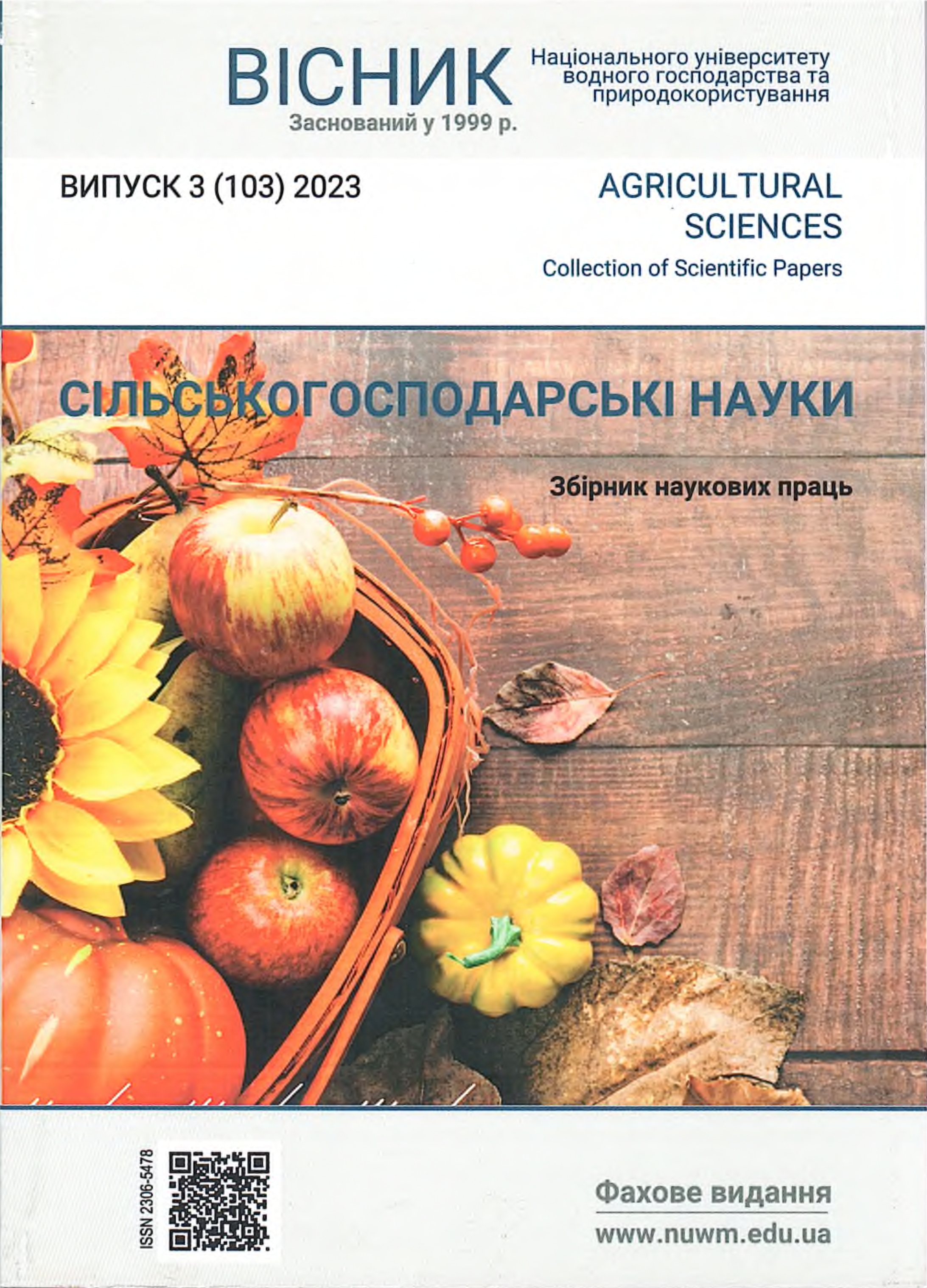БІОТЕХНОЛОГІЧНИЙ МЕТОД РОЗМНОЖЕННЯ PAULOWNIA SSP
DOI:
https://doi.org/10.31713/vs320238Анотація
Проведені дослідження з пророщування насіння в умовах in vivo впродовж 14 діб з наступною стерилізацією проростків з зародковими листочками і апікальною меристемою, що проводилась розчинами гіпохлориту натрію з концентрацією 20% і упродовж 2–5 хв. Розроблений спосіб мікроклонального розмноження павловнії з використанням в якості експлантів апікальних меристем із проростків насіння інтродукованих видів роду Paulownia Siebold & Zucc. і отримана колекція вихідних матеріалів для селекції in vitro (Paulownia tomentosa Steud., Paulownia elongatа S.Y.Hu; Paulownia '9501' (Paulownia tomentosa × Paulownia fortunei); Paulownia 'Zo7' (Paulownia tomentosa × Paulownia fortunei × Paulownia kawakamii); Paulownia 'Shan thong' (Paulownia tomentosa × Paulownia fortunei).##submission.downloads##
Опубліковано
2023-11-02
Номер
Розділ
Articles

